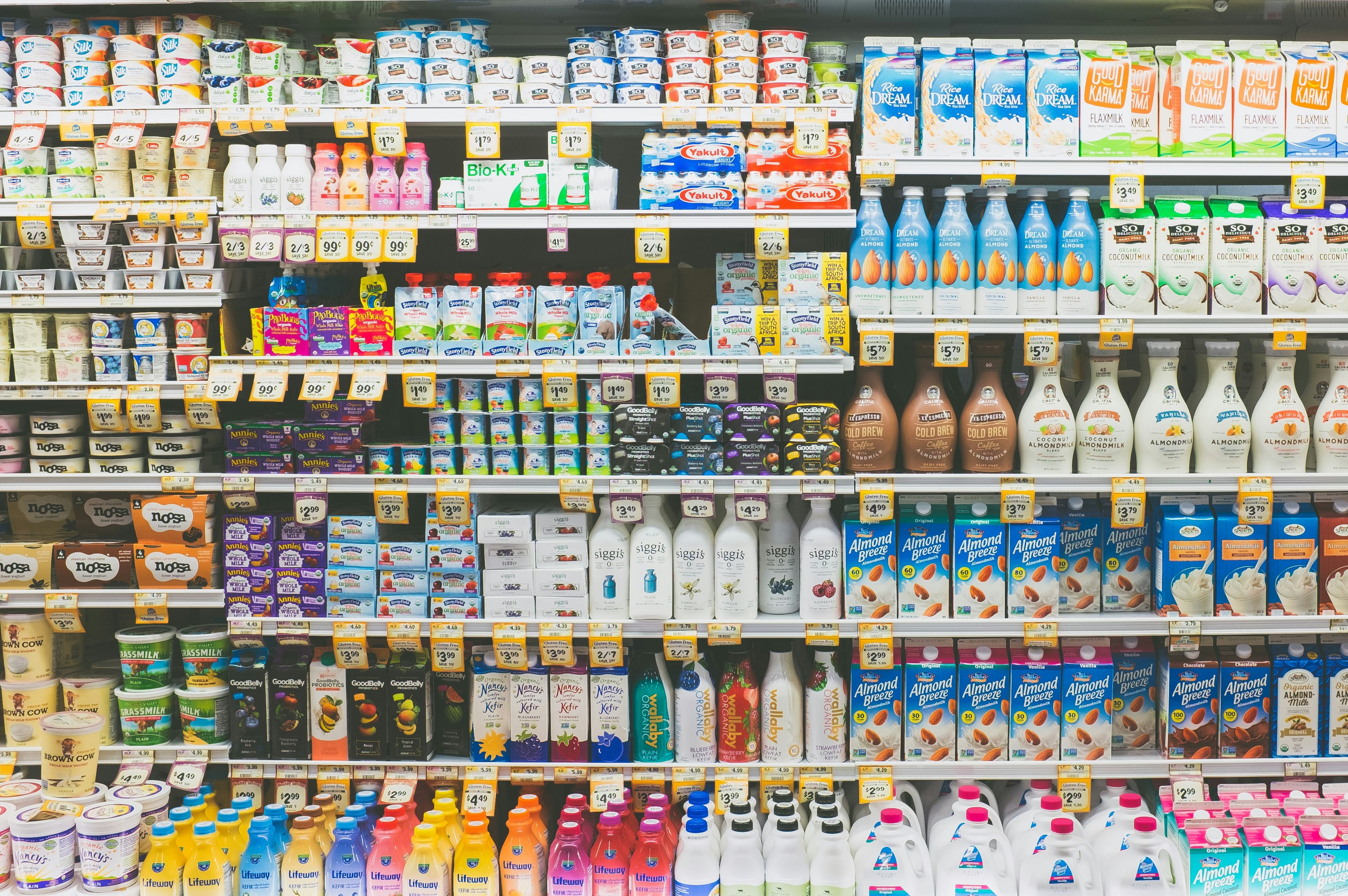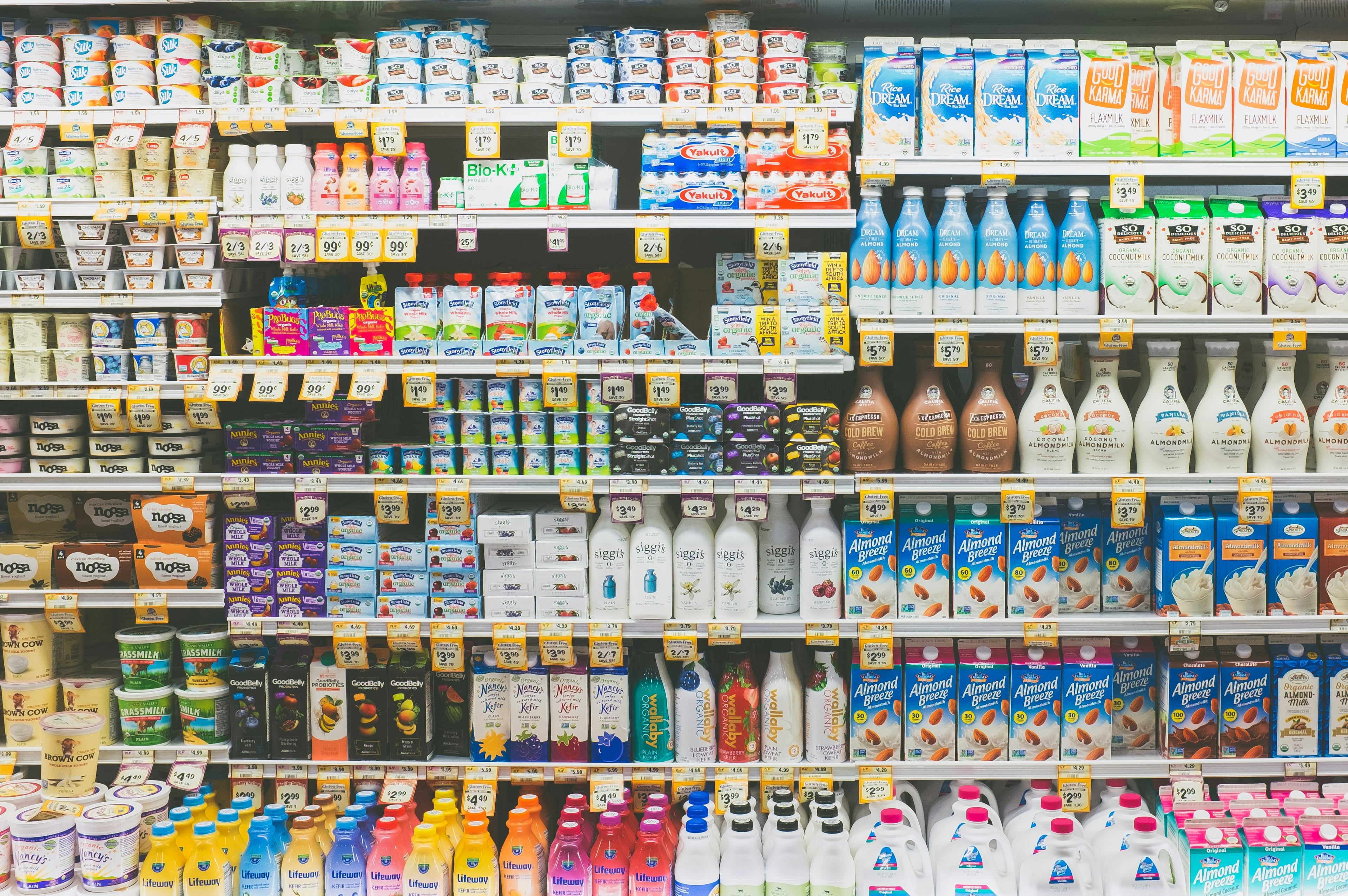Study finds most fabrics are effective in filtering cough particles
Since the beginning of the coronavirus pandemic, officials have encouraged the general public to use masks to help slow the spread of the virus that causes the disease COVID-19. The Centers for Disease Control and Prevention continues to encourage the general public to wear reusable, nonsurgical masks to reserve surgical ones for health care professionals.
However, how effective are various types of fabrics in slowing the spread of the coronavirus? A recently published study sought to find out.
Researchers from the University of Cambridge and Northwestern University tested the effectiveness of different fabrics at filtering particles that are the size of most viruses, which is between 0.02 and 0.1 micrometers, at high speeds. This speed is comparable to coughing or breathing heavily.
Additionally, they tested N95 and surgical masks, the type that are typically used in medical settings.
Results showed the majority of the fabrics ordinarily used for nonsurgical face masks are effective at filtering ultrafine particles. In the highly effective category were N95 masks but in some respects, a reusable HEPA vacuum bag surpassed the N95 performance.
The results of the study were published in the journal “BMJ Open.”
Early in the pandemic, many were turning to homemade masks. Researchers studied those, too. Ones that are crafted with multiple layers of fabric were more effective. Others that had interfacing, which is typically used to stiffen collars, as well as multiple layers, showed notable performance improvement but it made them harder to breathe compared to an N95 mask.
Additionally, researchers studied how well different fabrics performed when damp and after washing and drying. They discovered fabrics worked well when damp and worked sufficiently after one laundry cycle. Previous studies showed continued washing deteriorates fabrics. When that happens, they should be replaced as researchers warn against using masks indefinitely.
“Fabric masks have become a new necessity for many of us since the start of the COVID-19 pandemic,” lead author Eugenia O’Kelly from Cambridge’s Department of Engineering said in a statement. “In the early stages of the pandemic, when N95 masks were in extremely short supply, many sewers and makers started making their own fabric masks, meeting the demands that couldn’t be met by supply chains, or to provide a more affordable option.”
The CDC recommends wearing them in public settings, including mass transit, events and gatherings.
“Masks are most likely to reduce the spread of COVID-19 when they are widely used by people in public settings,” the CDC said.
For more information on the study, including how researchers prepared and the limitations of the study, see the news release here.



